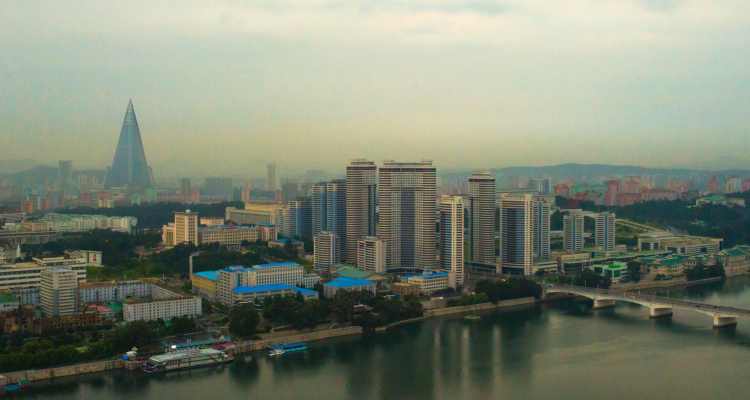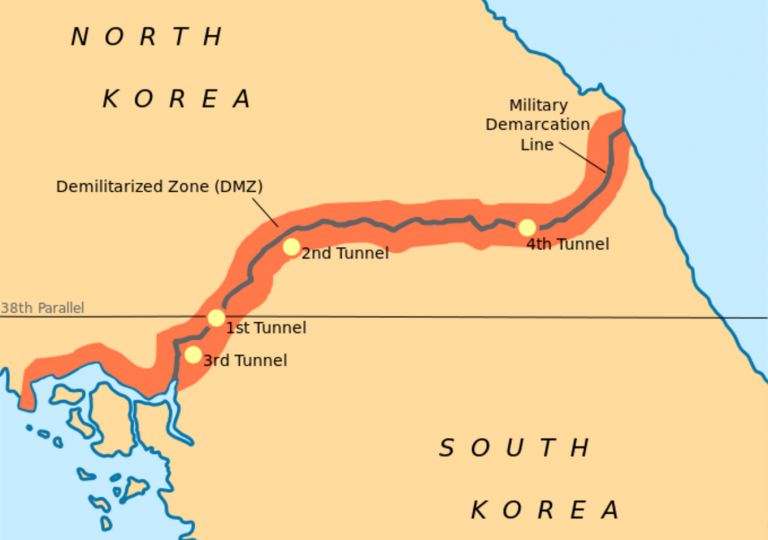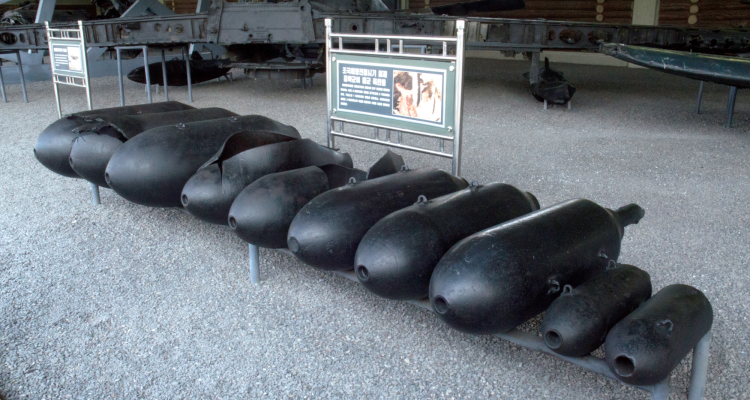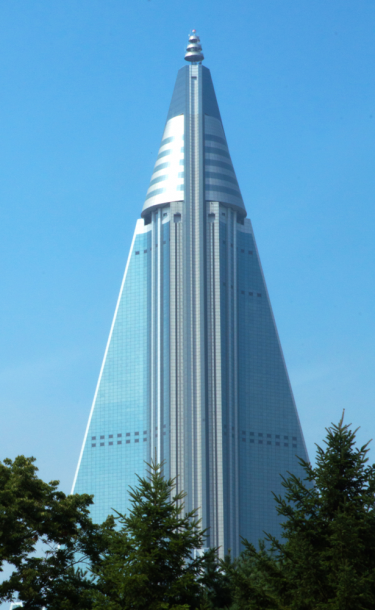By: Anne Rosen
The Democratic People’s Republic of Korea, the Bamboo Curtain, north of the DMZ, is the most secretive and isolated country on Earth. It’s home to the propaganda machine of the most singularly batshit insane autocrat in the world (probably).
Wanna go see it?
The quest
Determined to not just trust information from the Very Fake News Media, I became one of the hundreds of millions of tourists (or ~100,000, whatever) flocking to see the socialist paradise for myself. What was this “genuine workers’ state in which all the people are completely liberated from exploitation and oppression” actually like in real life?
What I really wanted to do was compare the image that North Korea tries to sell, both to the rest of the world and its own people, with the (yes, controlled) first-hand experience of visiting.
The short-short version
Is North Korea a wonderland where the “workers, peasants, soldiers and intellectuals are the true masters of their destiny,” play in the streets all day, and the rivers run with chocolate (or tea)? Or is it a desolate Orwellian hellhole where the starving population’s minds are regularly wiped in small windowless cells by cackling commissars?
Neither. The tour was managed, propaganda was dispensed in giant truckloads, but the country was not a post-apocalyptic scavenger wasteland. It is unfeasible that every one of the thousands of (not starving to death) people we saw was an actor.
It’s complicated.

The sun rises on another productive day in Pyongyang. It had better be productive, comrade. (Photo by author)
Introducing: Cool Trips or Trip-ups?
Are you dreaming of a date in Dubai? Scheming to escape to the beaches of Bali? That’s all well and good, but while you do your research into the best restaurants or the most adorable B&Bs, do a little soul-searching as well. Here’s the thing: one person’s romantic hot-spot is another person’s sappy, overpriced tourist trap. That second person is often me.
It’s high time that I actually examine my travel leanings with a critical eye. So, curious audience, you’re witnessing the birth of a series I’m going to tentatively call Cool Trips or Trip-Ups? until someone comes up with a wittier pun of a title. Each article will examine the differences between how guidebooks, local promotional boards, or advertisements portray a place and how that place actually strikes you when you’re there. This series is an investigation into marketing vs. perception, at the level of national tourism.
Conceit disclaimer: I’ve done a whole lot of traveling, to places typical and very atypical. I’d like to think that I’m a savvy enough traveler to sort the hot spots from the hogwash. I can’t give any 100% guarantees, of course.
So let’s get the ball rolling with a rising star of the travel world, shall we? Here I come, North Korea!

North of that line lies, what, exactly? (Image credit Rishabh Tatiraju)
Go north, young man
I’m not kidding when I say that there are more people are visiting the DPRK each year, but the numbers are super-fuzzy. There’s no consensus whatsoever, with estimates ranging from 4,000-6,000 foreign visitors a year (LA Times) to experienced globetrotter Gunnar Garfors’s claim of 270,000 per year, based on UN statistics. 100,000-ish is a number often bandied about. So, just a little 67,500x difference between the low and high estimates. No big deal. Judging by the number of North Korea tour companies that show up when you do a Google search, I’d say that the 6,000-tourists-per-year figure is too minuscule to support so many companies.
I was driven by the news to take this non-traditional vacation. Day in, day out, we are exposed to headlines about the wackiness and brutality of life in the DPRK. They have their own version of Netflix? Hilarious! Kim Jong Un fed his uncle to starving dogs? How horrible! (But also not true, so…). Kim Jong Un’s half brother, Kim Jong Nam was assassinated by poison in a Malaysian airport! Also horrible (and a lot more true)!
In any case, the spotty reporting on the country, as well as many writers’ desire to spin themselves as heroes for even visiting, made me determined to go there myself. Were the stories accurate, sensationalist, or a mix of both?
After returning, I told people that I learned a lot, but also nothing. The trip itself was an amazing experience, with plenty of chances to interact with real North Koreans. Many tourists make the claim that North Korean tours are “highly choreographed,” with the more extreme claiming that every well-fed person we see is a plant, but I couldn’t disagree more. It’s absurd to think that an entire city block of bike-riders, construction workers, and adorable children were all waiting for our bus to arrive to show off for a few minutes. We took very frequent pee breaks, after all. It is true that you must stick with your guide at all times outside of hotels, excepting a few special occasions. And it did feel a bit strange at times when the guides seemed almost too inquisitive about life in the West. I didn’t want to accidentally spill the beans that Bieber was no longer the hotness (Beyoncé is).
A few people have asked if I regret taking the trip, especially with the DPRK in the news again thanks to missile launches and assassinations. I don’t regret it one bit; it was a learning experience.
I saw, did, and drank much too much to unpack the country as a whole in one article. Instead, I’m going to examine my experience stop-by-stop, based on the highlights of my tour itinerary in the DPRK. First up is a humdinger of a museum that TripAdvisor says is the #3 thing to do in all of Pyeongyang.

Finders, keepers! (Photo by author)
Welcome to the Victorious Fatherland Liberation War Museum
Say that five times fast. And with a straight face.
The Goal:
This museum, a required visit on pretty much every tour of the country, is located in Pyongyang (literally, it’s a required part of the tour). It was revamped in 2013 to commemorate the 60th anniversary of the Korean War. The entire purpose of the museum, it would seem, is to “shock and awe” the visitors with displays of Korean might and Korean suffering. One of the guides mentioned that the museum was so profoundly moving and so in-depth that it would take three full days to see everything. So, of course, we were just taken to see some of the most important bits.
No visit to the VFLWM (still hard to say!) is complete without seeing their extensive outdoor collection of military technology stolen from the “aggressors” – hey, that’s us! Nearly all of the captured submarines, tanks, and airplanes were accompanied by graphic images showing the fates of the soldiers inside them. The blood and guts became a bit overwhelming, and one suspects that was the point. We also saw the inside of the USS Pueblo, a captured “environmental ship” that was apparently used to spy on the DPRK. If you have 14 minutes to spare, you can watch the English-language video about the Pueblo incident shown to visitors, which is hampered by the unfortunate accent of the narrator.
Did I mention that all of that is just the outside of the museum? Once inside the museum building itself, there are morbid dioramas of battlefields, extended narratives about how American aggressors, not the hapless South Korean puppets, were to blame for the Korean war … and a Disneyland Carousel of Progress-esque diorama of the Liberation of Daejeon (temporary, of course). An official North Korean News Agency article from 2007 says that “foreigners who visited the museum highly praised Kim Il Sung as a gifted strategist” and were “struck with admiration” that those scrappy North Koreans could have defeated such a powerful foe. That’s about as close to an official tagline as you can get!
Come for the Pueblo, stay for your growing admiration of our Eternal President, Chief Strategist of our Hearts.
The takeaway:
Holy guilt trip, Batman! I’m…I’m sorry that my country did this to you? What a big, fat, imperialist jerk I am? You guys were right all along? My initial thought upon leaving the VFLWM was “I really gotta look up the Korean War on Wikipedia when I get back.” My second thought was “Why did they tell us how awful we are and then shuffle us toward a gift shop where we can buy postcards to remember the place that tells us how awful we are?” (Confession time: so I did buy a photobook.)
Even though I was not 100% convinced of much of anything by this propaganda-fest, I was impressed by the level of research and detail that went into the exhibits. From a technical standpoint, I dug the museum, and I hope to not lose my U.S. passport for saying that. But if visitors were meant to leave with a new appreciation for the righteous military might of the DPRK, that may have been lost in translation.
North Koreans love their leaders. That’s no secret. But to convince foreign visitors to love their leaders must be a bit like trying to share your favorite song with others – you have a deep emotional connection to that song. You have memories, both good and bad, that are stirred up each time you hear it. But when you play that song for a new person, they’re often like, “Yeah, that’s not bad, but have you heard this sweet techno remix of the “Jeopardy!” theme?” Foreign visitors will never be able to grasp that level of devotion toward a government leader because, well…we’ve seen too many of our own leaders.

While at the museum, pay no attention to the giant, shiny glass pyramid of an unfinished hotel over there. (Photo by author)
Up next: North Korea, the actual people
Now that I’ve got the image of George W. Bush in a poncho in your head, I’m hoping you’ll join me next time, where I examine the human side of a North Korea tour. You know, the part where I try to get to know some of the actual human beings that make up the Glorious Workers, Soldiers, Peasants, and Intellectuals of the North Korean polity.
Also: The People’s State thinks it will impress the foreigners to tour a fertilizer factory and claim: “We’re the shit!”

@annerosen, the level of uncertainty surrounding the number of visitors per year is astounding! Your point about it not being plausible that so many people would bother to stage a city block makes a lot of sense….for 4000-6000 visitors per year country-wide. If the 270k visitors per year is anywhere near accurate, then that’s enough people that it very well may be worth the government to plant people along the designated routes.
Additionally, it’s possible that a less overt version of “planting well-fed citizens” is going on; the state could simply make sure that the tour itinerary includes routes through the better-off districts in Pyongyang and avoids the worst ones. State control of rents, amenities, and the location of workplaces make this eminently possible without implying the kind of charade that the more alarmist version of this argument would require.